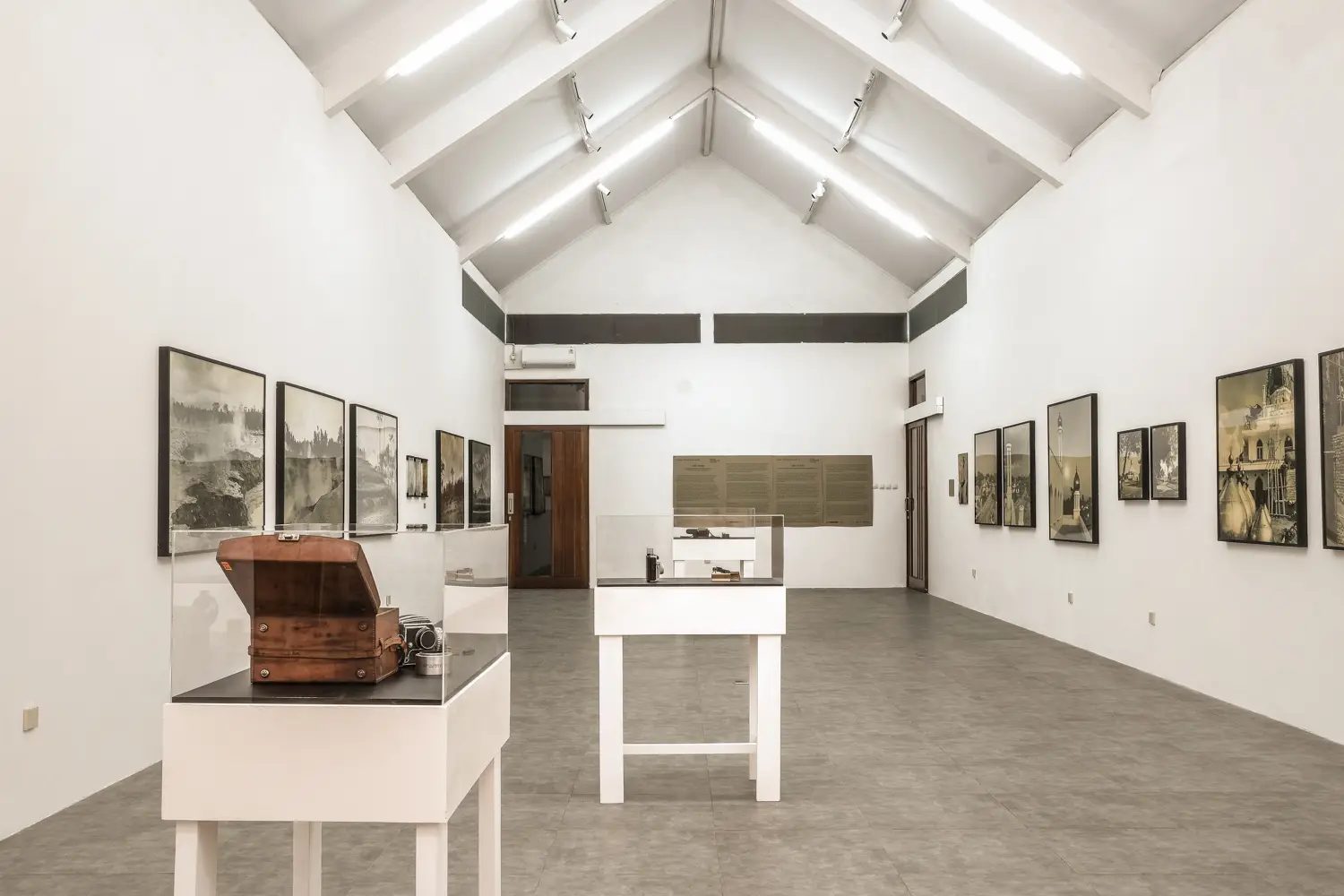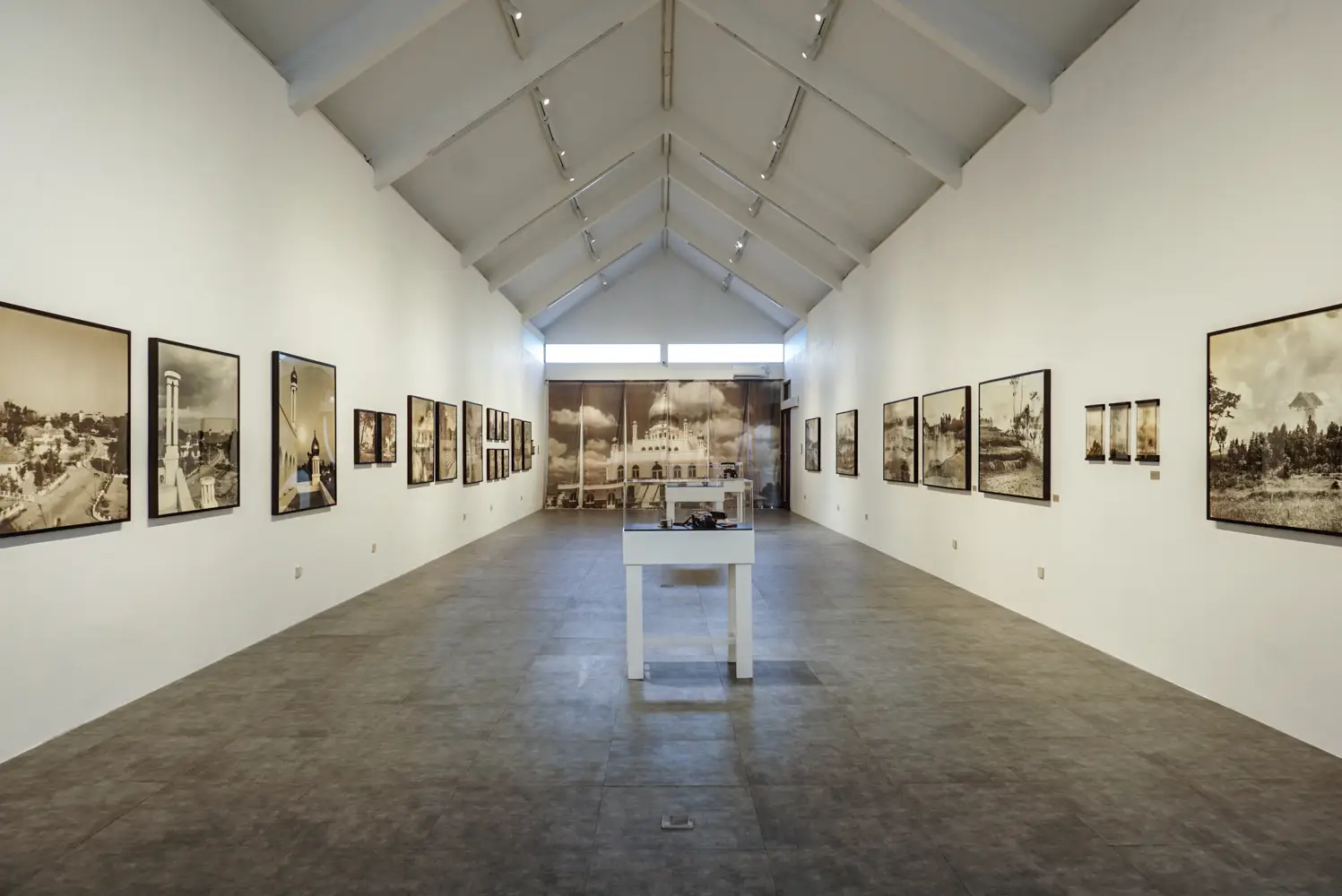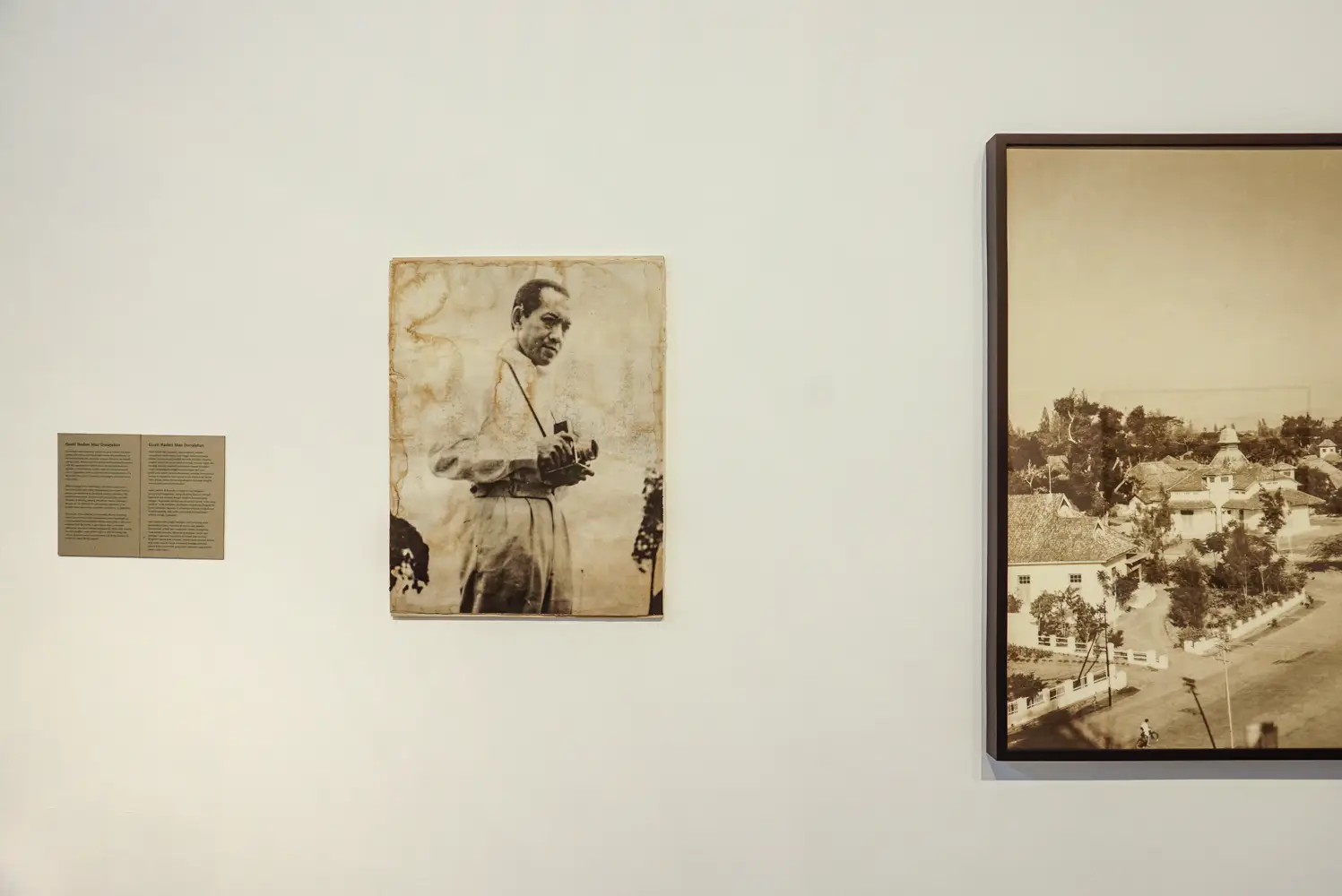



Loka Padha: Photography Works from the Archives of Sultan Hamengku Buwono IX
19 August – 11 September 2023
Address:
Tirtodipuran Link Building B
Jl. Tirtodipuran No. 26
Yogyakarta, Indonesia
Curated by Fajar Widjanarko, Keraton Yogyakarta, and JOFFIS team
Loka Padha is a Javanese terminology which is used here to read the natural balance from the photographic archives of Sultan Hamengku Buwono IX. In Sultan’s visual works and documentations, it is not just history that are eternalised, as his ideas and views towards events in history are also perpetuated into two-dimensional records. At one point, the resulting documentations are not seen merely aesthetically, but also emphatically.
It is no different from living the Javanese philosophy hamemayu hayuning bawana, that nature is a space of compromise for humans who are wruh lan wanuh (full of understanding) towards the expanse of the motherland. While humans are subject to the change of pranatan ing loka (local regulations, law of nature), this is evolution. Nature and humans are intertwined. The relationship between the two is occasionally recorded as an archive, even though in many cases, the evolution is actually a collective memory. The precedent of this balance is the presence of Syuhada Mosque (officiated in 1952) and the eruption of Merapi volcano (1969). Syuhada Mosque became a new monument in the midst of Kotabaru’s social order. Meanwhile, the eruption of Mount Merapi became a shock from nature, a loss. Both are like loka-padha, about the balance of nature, about presence and loss, also about the main actor, who continues to live and to witness the evolution.
From several photo albums in the archives of Sultan Hamengku Buwono IX’s studio, the albums for the construction of Syuhada Mosque in 1950 and the eruption of Mount Merapi in 1969 were chosen not for specific political and historical reasons, but for pragmatic considerations and their suitability with JOFFIS’s future plans. The pragmatic considerations in question are related to the
organizing of an exhibition. The photo albums of Sultan Hamengku Buwono IX can be seen as a series of photos that record certain events, so they can be considered as having thematic unity. The various photos within the albums have a tendency of more serial than storytelling, thus theyare more open to interpretation and puts more highlight on the subject than the photographer’s narrative.
As we can see in the architectural photo series of the Syuhada Mosque construction: the details of the building with its forms and ornaments are aligned with the ongoing construction process. Their excellent photographic quality can be seen for example in the formal and precise composition and point of view. The same goes with the photos of the aftermath of Merapi volcano’s eruption in 1969. By focusing on the impact of the disaster on landscapes in several areas, this photo series becomes very poetic: a combination between nature’s enormous forces and human powerlessness. In a formal sense, the works in the albums are very good, artistically and thematically. These qualities are what is needed in organizing an art exhibition.
Another consideration, in relation to JOFFIS’s plan to develop a future programme, namely to elevate the photographic archives and works of local photographers. The programme aims to read photographic works related to society and living experience in Yogyakarta, which is constantly developing until now. We hope to present photographic archives about communities or individuals as well as the society’s vitality through this annual programme. When we talked about the idea to exhibit the archives of works by Sultan Hamengku Buwono IX as a photographer, there was a kind of doubt out of fear of the possibility of public’s misunderstanding, considering the role of the Sultan himself was very important in Indonesia’s national history. However, we hope that the persona of the Sultan, with his political, spiritual, and cultural power fused together, is able to inspire the public to find out how he framed events and life in the object of his power. By showcasing the works of Sultan Hamengku Buwono IX, JOFFIS hopes to open doors to Yogyakarta photographic archives, whether those owned by institutions, communities, as well as individuals, so they can find a way to be seen, studied, and revived by today’s generation. Of course, we also need to approach the archives and the histories they contain with critical attitude, so we can go beyond romanticism and artificial pride of the past.